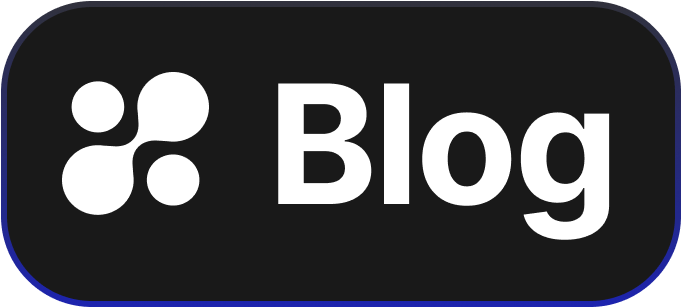Unlocking GDPR Compliance with Role-Based Access Control (RBAC)
Introduction
Managing data privacy isn't just a challenge—it's a must. If you're a technology manager in charge of data, understanding how GDPR (General Data Protection Regulation) and RBAC (Role-Based Access Control) work together can significantly lighten your load. This article will help you make sense of how RBAC supports GDPR compliance, enhancing data security and privacy protocols.
Understanding GDPR and Its Role
GDPR is a law that protects personal data within the European Union. If your company handles EU citizens' data, you're likely familiar with its strict rules. The goal is simple: keep people's data secure and private. But achieving compliance can be complex without the right tools and processes in place.
What Is Role-Based Access Control (RBAC)?
RBAC, or Role-Based Access Control, is a method to manage who can access what data based on their role within your organization. Instead of granting every employee access to all data, you limit it to what they need for their job. This control not only secures information but also simplifies data management and aligns with GDPR principles.
The Connection between GDPR and RBAC
- Data Minimization: GDPR stresses the importance of only keeping necessary data. With RBAC, you can ensure that team members only access the data they need, reducing the risk of breaches.
- Enhanced Security: By limiting access, RBAC lowers the chance of data leaks or unauthorized use, aligning with GDPR's security requirements.
- Audit Trails: GDPR demands that companies track data access. RBAC systems can log who accesses data and when, making compliance checks straightforward.
- Efficiency in Data Management: RBAC organizes data permissions efficiently, which can ease the process of data audits and reporting required by GDPR.
Implementing RBAC for GDPR Compliance
Here's how to effectively apply RBAC in your organization:
- Define Roles Clearly: Start by identifying all user roles and their access needs within your company.
- Assign Permissions Carefully: Map these roles to specific permissions that align with their job duties.
- Regularly Review Roles and Permissions: People’s jobs change, so review and update access controls regularly to ensure ongoing compliance.
- Use Tools that Support RBAC: Opt for software solutions that integrate RBAC with your existing systems. This will streamline the setup process and ensure better control over data access.
Conclusion
GDPR compliance is crucial, but it's not an insurmountable task. By integrating Role-Based Access Control, you can strengthen your company’s data security, align with privacy laws, and simplify management tasks. Interested in seeing how this all works in practice? Explore hoop.dev to watch GDPR compliance come alive in minutes.
Optimizing your access controls is the first step towards robust data protection compliance. Take charge of your data privacy practices today with a practical RBAC solution.
